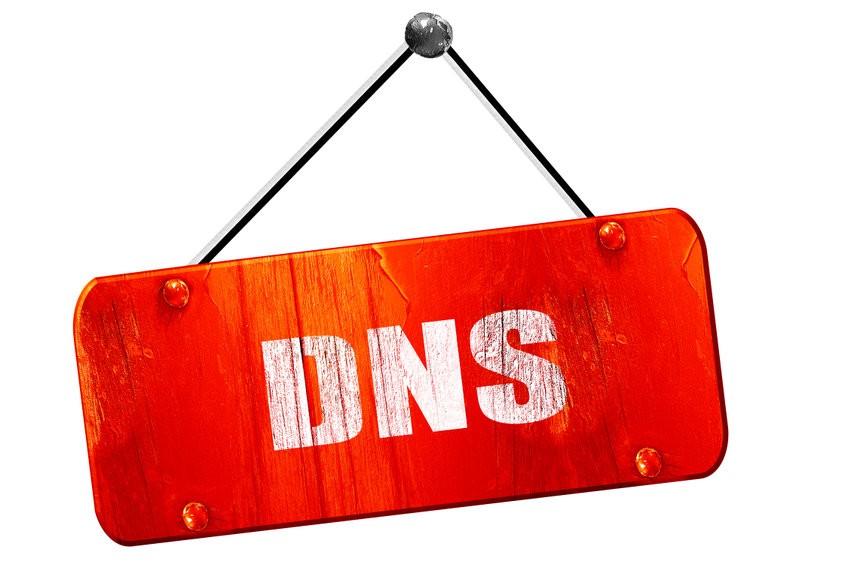The meaning of DNS monitoring
Your network monitoring system’s DNS monitoring is an essential component. Its goal is to ensure users can access the website or service they are using securely and dependably. In order to ensure optimal performance, DNS monitoring entails monitoring all Domain Name System activity.
DNS monitoring is beneficial for quickly discovering problems, spotting potential security breaches, and stopping malicious assaults. It necessitates locating DNS outages and regularly checking DNS records for unexpected changes. If an issue is discovered that could harm your website or business, it can be rectified immediately.









